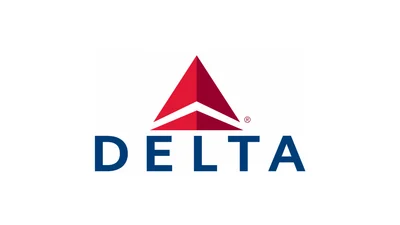Despite both planes having a cruise speed of Mach 0.85, their range differs: the A350 can fly up to 8,500 nautical miles while the Dreamliner covers up to 7,305 nautical miles in its baseline variant. One factor contributing to this difference is fuel capacity; the A350-900 holds about 37,194 US gallons compared to the Dreamliner's roughly 33,340 US gallons.
Both aircraft use significant amounts of composite materials in their construction—50% for the Boeing and slightly more for Airbus at 53%. This use of composites improves strength-to-weight ratio over traditional alloys. The design philosophies diverge further: Boeing uses more electrical systems while Airbus favors hydraulic ones.
Passenger comfort is an area where opinions differ among travelers. Some customers report that "the sheets are very uncomfortable compared to the [A]350-9 Not even close when comparing economy seats," while others say "the 787 is definitely more comfortable." Some praise features like cabin humidity levels and lower pressure on the Dreamliner but note that "the Airbus A350 has a wider cabin" which provides more space.
Fuel efficiency is another key point of comparison. While individual results vary by variant and airline configuration, many industry observers note that "the 787 generally demonstrates superior fuel efficiency per seat-mile," especially in high-density configurations such as with the longer-range or larger-capacity models like the Boeing 787-10. However, others point out that although "the big advantage to the A350-900 is it can also fly much further and with a larger payload than the 787-9," making it potentially more cost-efficient on certain ultra-long-haul routes.
When it comes to maintenance records and safety track records, reports indicate that "the A350 also has an advantage in maintenance... giving it a fantastic track record for safety and longer maintenance intervals than the [Boeing] 787." In terms of price, data suggests that “the Boeing 787-8 is cheaper,” costing $206 million versus $288 million for an Airbus A350-900XWB.
Overall customer preferences between these aircraft tend to be influenced by route structure and airline needs; lower-density routes may favor Boeing’s model due to fuel savings while higher-density or ultra-long-haul routes may be better suited for Airbus’ offering due to its capacity and range advantages.
"The big advantage to the A350-900 is it can also fly much further and with a larger payload than the 787-9. Once the 787-9 is at maximum fuel load for it to fly further you must start to reduce payload. 1000nm past this point the A350-900 can carry TWICE the payload weight of the 787–9. A real world example of this is Singapore to Los Angeles. The difference between the A350–900 vs 787–9 can be clearly shown as it is well past this maximum range point of the 787–9."
"The big advantage to the A350–900 is it can also fly much further and with a larger payload than the 787–9."
"The big advantage to the A350–900 is it can also fly much further..."
 Alerts Sign-up
Alerts Sign-up




































